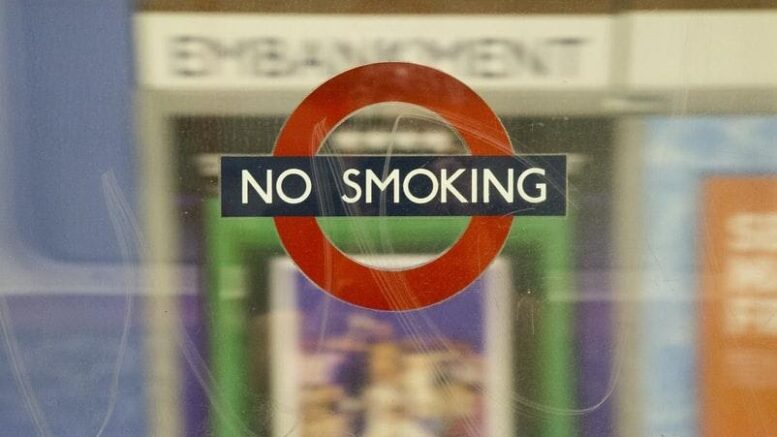Sweden’s journey towards a smoke-free future presents an intriguing case where snus, a traditional Swedish tobacco product, plays a significant role. This text examines the impact of snus on Sweden’s tobacco habits, focusing on its cultural significance and its potential implications for public health.
The Historical Context of Snus in Swedish Society
Snus, a moist powder tobacco product, has been a staple in Swedish culture for a very long time. Originating in the early 18th century, it quickly became established as a popular alternative to smoking tobacco. Unlike cigarettes, snus is not smoked, but rather placed under the upper lip, allowing for a different mode of nicotine consumption. This method was historically viewed as a less harmful alternative to smoking, contributing to its widespread acceptance in Sweden.
Over time, snus has not only remained relevant but has also become a significant part of the Swedish identity, reflecting a preference for snus over cigarettes among many Swedes. Its usage is deeply integrated into social customs and daily routines, symbolizing a unique aspect of Swedish heritage. Snus is not only a way to consume nicotine, it’s a tradition rooted in Swedish culture.
Snus Versus Cigarettes in Public Health
The discussion around snus and cigarettes often centers on their impact on public health. While neither product is without its risks, the nature of snus usage offers a distinct profile compared to smoking. Notably, snus does not involve combustion, eliminating the inhalation of smoke and many harmful combustion-related compounds found in cigarettes. This fundamental difference has prompted researchers to explore snus as a potentially less harmful alternative to smoking.
Studies from Sweden suggest that the usage of snus could be associated with a lower incidence of certain smoking-related diseases, such as lung cancer and chronic obstructive pulmonary disease (COPD). However, it’s crucial to understand that switching from cigarettes to snus is not the same as eliminating health risks entirely. Public health debates continue to emphasize the importance of quitting nicotine altogether for optimal health outcomes. Nonetheless, in the context of harm reduction, snus presents an interesting case study, especially within the Swedish population, where smoking rates have notably declined. This phenomenon has piqued the interest of health professionals worldwide, looking to Sweden’s experience with snus as a potential model for reducing smoking-related health issues.
The Role of Snus in Smoking Cessation Efforts in Sweden
In Sweden, the journey towards a smoke-free society has seen snus, as well as nicotine pouches, play a noteworthy role, particularly in smoking cessation efforts. The concept of harm reduction underpins the Swedish approach, where snus is often considered a stepping stone for those aiming to quit smoking. This perspective is grounded in the belief that providing smokers with a less harmful alternative can significantly reduce overall tobacco-related harm. A number of Swedes have turned to snus as a transitional tool, citing its ability to satisfy nicotine cravings without the harmful effects of smoking combustion.
This shift has contributed to Sweden’s notably low smoking rates compared to other European countries. Public health strategies in Sweden subtly acknowledge the role of snus in these efforts, though the emphasis always remains on quitting nicotine use altogether. The nuanced understanding of snus within the Swedish public health dialogue highlights its unique position: as a product deeply intertwined with cultural norms, yet also as a potential ally in the battle against cigarette smoking. Sweden maintains this delicate balance, demonstrating a pragmatic approach to lowering smoking rates amid the intricacies of nicotine addiction.
Article edited and fact checked by our editorial team.
References:
- Clarke E, Thompson K, Weaver S, Thompson J, O’Connell G. Snus: a compelling harm reduction alternative to cigarettes. Harm Reduct J. 2019 Nov 27;16(1):62. doi: 10.1186/s12954-019-0335-1. PMID: 31775744; PMCID: PMC6882181.
- Rutqvist LE, Curvall M, Hassler T, Ringberger T, Wahlberg I. Swedish snus and the GothiaTek® standard. Harm Reduct J. 2011;8:11. doi: 10.1186/1477-7517-8-11. – DOI – PMC – PubMed
- International Agency for Research on Cancer. Smokeless tobacco and some tobacco-specific N-nitrosamines. IARC Monographs on the Evaluation of Carcinogenic Risks to Humans: Volume 89. 2007. https://monographs.iarc.fr/wp-content/uploads/2018/06/mono89.pdf. Accessed 07 Feb 2019. – PMC – PubMed
